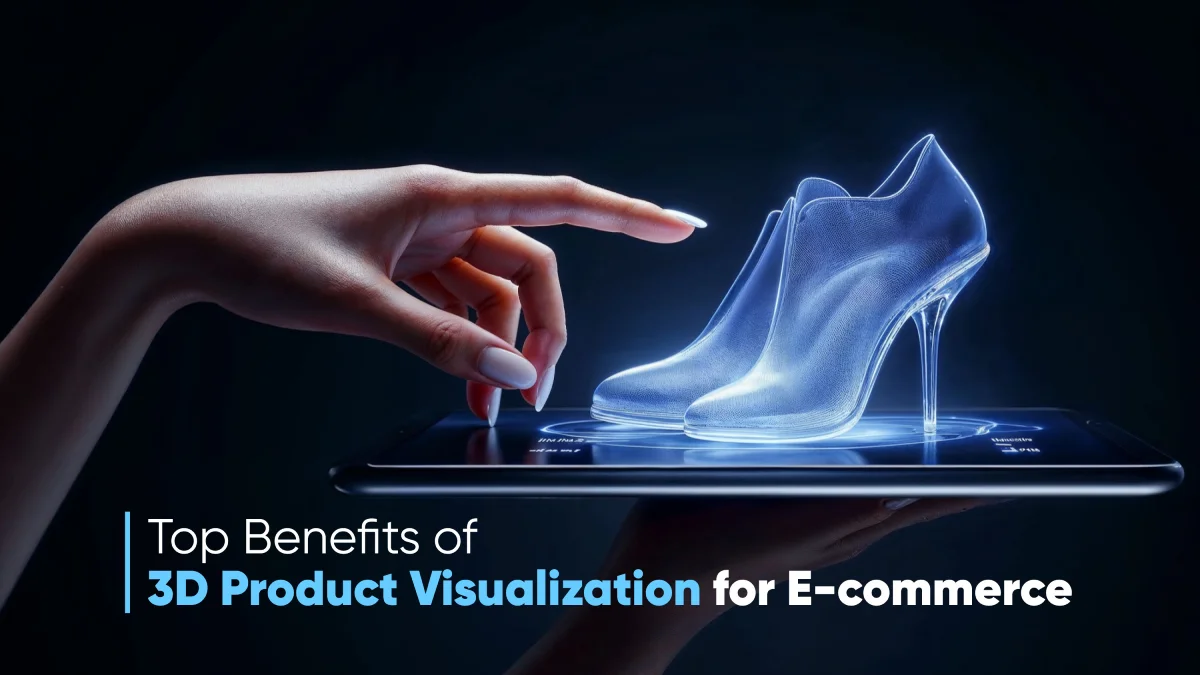Shopping online can be tricky when you can't see exactly what you're buying. Regular photos only help to see how the product actually looks like. But you can't show everything like how that chair looks from the back or whether the shoes have the texture you're expecting. That's where 3D product visualization comes in, and gives customers the ability to spin products around, zoom in on details, and get a real feel for what they're purchasing.
Think of it as bringing the showroom experience to your website. Instead of guessing what a product looks like, customers can interact with it just like they would in a store. 3D technology is helping online businesses to reduce return rates, boost online sales, and keep customers happy because people actually know exactly what they're getting before they hit "buy now." In this guide, we'll explore the key benefits of 3D product visualization as a game-changer for online stores.
The Evolution of 3D Visualization in eCommerce
A few years ago, showing products online meant taking multiple photos from different angles and hoping customers could piece together what the item looked like. Early eCommerce sites relied heavily on static images, detailed descriptions, and sometimes basic 360-degree photo spins to give shoppers a better view.
In 2010, WebGL enabled the direct display of 3D graphics in browsers, which is without needing any plugins or downloads. However, early adoption was limited because creating 3D models was very expensive and time-consuming, and many customers didn't have fast enough internet connections to load these interactive experiences easily.
The COVID-19 pandemic accelerated this trend even further. With physical stores closed or limited, businesses desperately needed ways to recreate the in-store experience online. This pushed many retailers to adopt 3D product visualization much faster than they might have otherwise.
3D product visualization is now easier and cheaper for businesses of all sizes. Furniture retailers can show customers how a sofa looks in different fabrics or sizes. Automotive dealers can offer virtual tours of cars. This technology has evolved from a nice-to-have feature to an essential tool for competitive online selling. Technology keeps improving. Augmented reality features and AI-powered customization options make shopping more engaging and personalized.
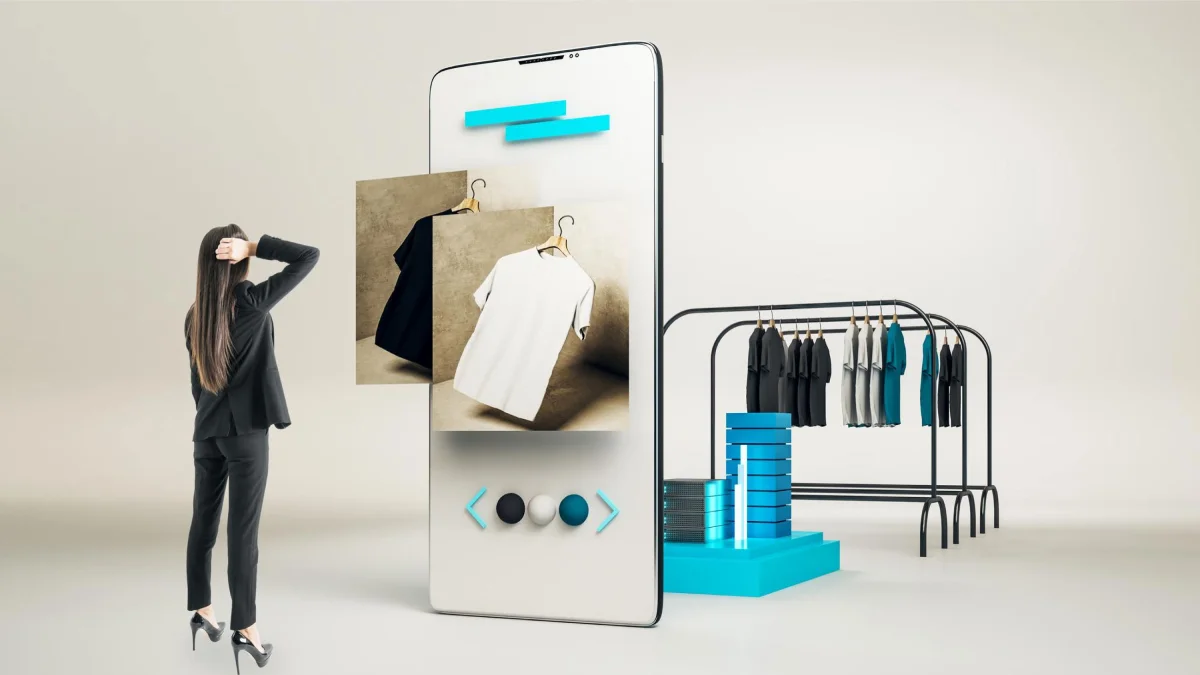
Key Benefits of 3D Product Visualization for eCommerce
Adding 3D product visualization to your eCommerce site can greatly improve customer satisfaction. Let's look at the key benefits that show why this technology is a good investment for online retailers.
1. Improved Conversion Rates
Interactive 3D and AR give rise to remarkable conversion increases typically in double digits. Consumers are more likely to add to cart and buy with the benefit of interacting with 3D models.
2. Lower Product Return Rates
Fewer shocking photos equal fewer letdowns. Fit, color, or size-wise, 3D sets realistic expectations return reduction of 5% to more than 40%, depending on category.
3. Savings on Cost Due to Not Having to Photograph
Making photorealistic 3D renderings is at times cheaper than photographing each SKU and variant. Brands save tens of thousands of dollars annually, particularly when negating the need for sampling and re-shooting.
4. Facilitating Mass Personalization & Customization
3D visualization allows customers to customize products (e.g., finish, fabric, engraving) in real time, enhancing engagement, satisfaction, and order value without taking a photo for each variant.
5. Improved Product Confidence & Knowledge
360° views, zoom, exploded views, and AR eliminate confusion, especially beneficial for complicated or high-consideration products like appliances, furniture, and upscale goods.
6. Reduced Go to Market Time & Omnichannel Content Reuse
When a 3D asset is built, it can be remixed an unlimited number of times on each platform product pages, ads, social media, and print, streamlining syndication and launches with ease.
7. Rich Engagement Analytics
3D experiences provide insight-enriched interaction data, e.g., rotation behavior, zooming frequency, and material selection that can be leveraged to inform marketing, product development, and UX design.
8. Brand Differentiation & Premium Perception
High-definition AR and 3D content communicate innovation and nuance enhancing brand differentiation in competitive markets and building trust with customers.
9. Facilitates B2B/B2C Sales & Assisted Sales
Sales reps and partners can utilize interactive 3D catalogs as a substitute for real-world samples perfect for trade events, B2B quotations, or in-store digital signage.
Transforming the Online Shopping Experience
Immersive Product Pages
Those were times when the static image gallery used to suffice to intrigue today's digitally advanced consumer. By integrating interactive 3D viewers on the product detail pages (PDPs), brands provide an inquisitive, interactive exploratory environment within the browser. The 3D models enable the users to rotate, zoom, examine materials, switch variants, and see scale, thus making the shopping process nearly indistinguishable from browsing offline.
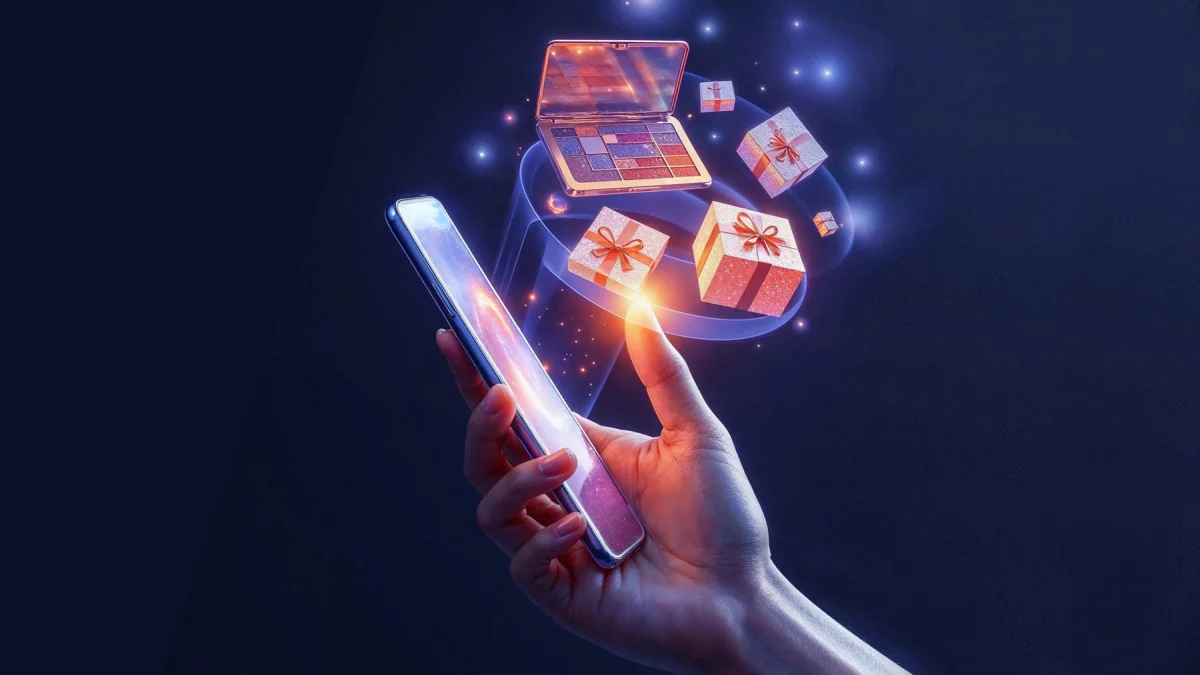
Contextual Augmented Reality
Among the biggest eCommerce roadblocks is the "imagination gap": Will my couch fit into my living room? Does that pendant light suit my existing décor? With context-aware AR ("Place in Room" or Virtual Try-On), shoppers no longer have to guess.
With only their phone's camera, they can superimpose accurate-to-scale 3D models onto their actual world, a kitchen dining chair, or a pair of glasses on their face. This feature enables customers to ask themselves: "Will this fit me?" The outcome? More confident purchasers, less return, and an improved checkout flow.
Virtual Display Ads & Social Integration
Advertising today is moving from "look at this" to "play with this." Google Swirl and Facebook 3D post formats allow users to view products fully interactively within ad units without turning the page. Users can spin, zoom, examine finishes, or jump directly to AR view from an ad.
This turns passive impressions into active interaction, driving click-through and downstream conversion. On social media platforms, where attention is transient, interactive 3D content activates individuals. Interactive 3D content creates curiosity and gives viewers a reason to pause from scrolling.
Storytelling & Feature Education
Not every product is easy to describe, especially those with several uses, technical features, or one-of-a-kind craftsmanship. That is where 3D-powered narrative is the best. Brands can make a product demonstration an interactive story with hotspots, animated callouts, exploded views, and scene swaps.
Picture floating over a shoe sole to watch its cushioning layers in action, or floating above a closet to see storage features illuminate. These small engagements make browsers into learners, and enable users to glimpse the "why" of the product.
Customizable products and the role of 3D visualization
Consumers now want personalized experiences at every interaction. Offering customizable products is no longer a luxury; it's a competitive advantage. Configurable products are increasingly central to modern eCommerce strategies, from modular sofas and kitchen cabinets to custom laptops, sneakers, promotional goods, and gift items.
But there's a challenge: how do you present infinite product variations without manufacturing each version or photographing every SKU?
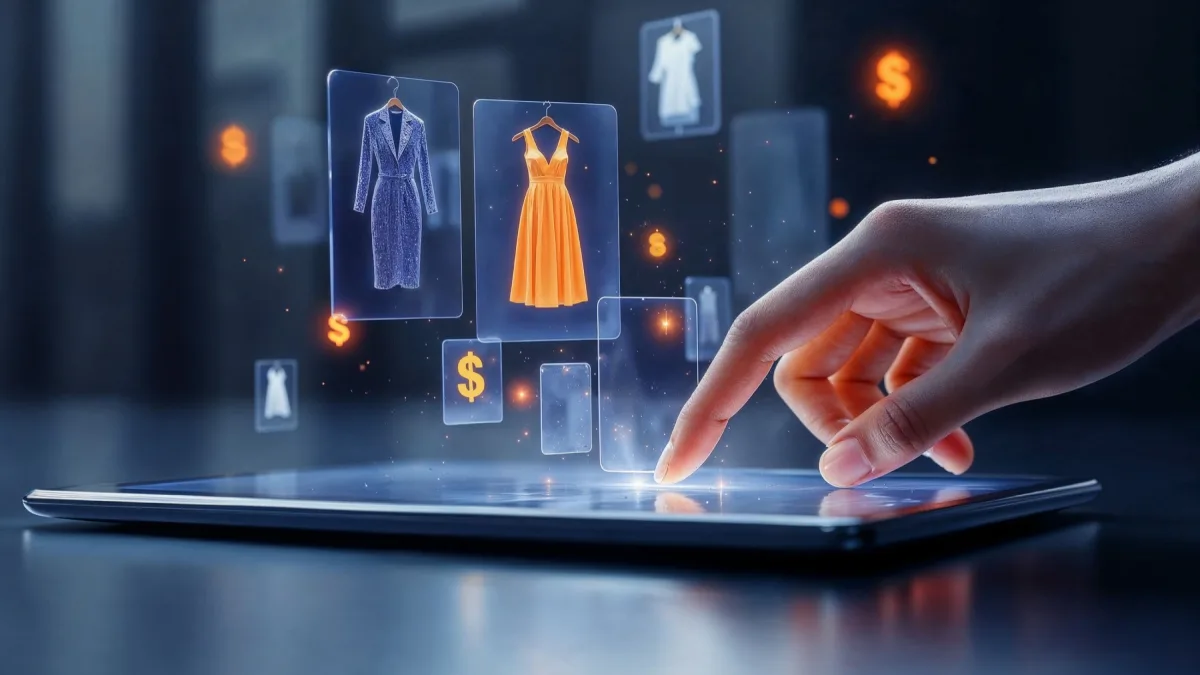
That's where 3D configurators come in. These tools use parametric 3D models to reflect customer selections in real time dynamically. Whether it's a change in fabric, a custom engraving, or a different part layout, shoppers can instantly see the updated product from all angles. No loading. No guesswork. Just seamless, interactive customization that feels magical.
Beyond aesthetics, 3D configurators are operational powerhouses. By visualizing products digitally:
- You reduce the need to stock or photograph every variation.
- You cut lead times and overhead linked to sample creation.
- You simplify sales conversations by showing precisely what the customer will receive.
This is especially valuable in categories with high variability, premium pricing, or long decision cycles like furniture, luxury goods, sports equipment, or corporate merchandise.
Key Features to Look For in a 3D Configurator
To deliver a high-quality, scalable customization experience, choose a 3D configurator with:
- Real-time color/material swapping: Allow customers to instantly preview different finishes, textures, or patterns on the same base model, boosting confidence and reducing friction.
- Conditional logic for options: Ensure intelligent UX by dynamically showing or hiding options based on prior selections (e.g., if the user chooses leather, limit the stitching colors to compatible ones).
- Live pricing tied to selections: Automatically adjust pricing as customizations are made, especially useful for made-to-order or CPQ (configure-price-quote) workflows.
- Augmented Reality (AR) preview of the customized product: Let customers place their exact customized item in their home or on themselves to confirm sizing, fit, and visual appeal before buying.
- Direct export to manufacturing or fulfillment: Once a configuration is finalized, the system can generate spec files (e.g., for CNC machines, embroidery, or print-on-demand) to streamline order processing without manual intervention.
Sustainability in 3D Product Visualization
Sustainability is no longer a secondary concern; it's a growing demand from consumers, investors, and regulators alike. As environmental concerns rise and supply chains come under greater scrutiny, forward-thinking brands are turning to 3D product visualization as a powerful tool for customer experience and building a more responsible and resource-efficient business model.

Fewer Physical Samples
Creating traditional product samples especially for fashion, furniture, and manufacturing can be resource intensive. Each sample adds to a product's carbon footprint, from raw materials to labor to shipping.
With digital twins, brands can visualize, test, and showcase new designs without producing a physical prototype. Whether presenting a new colorway, material option, or product line, 3D renders eliminate the need for multiple pre-production samples. This especially impacts seasonal or limited-run items, where samples often go unused.
Result: Reduced material waste, energy consumption, sample destruction, and faster product development cycles.
Lower Return Rates and Reverse Logistics
Returns are a hidden sustainability crisis. Every return triggers additional packaging, fuel usage, warehouse handling, and often results in unsellable items going to waste.
3D and AR tools help set more accurate shopper expectations by allowing users to inspect products from all angles, visualize real-world scale, and even place the item in their space before buying. This reduces buyer remorse and fit-related returns, leading to fewer carbon-emitting return shipments and less landfill waste.
Result: Lower reverse logistics issues and fewer unsellable goods, especially in high-return categories like fashion and home goods.
Less Travel, Shipping, and Packaging Waste
Traditional product photography often requires shipping products to studios, building custom sets, and flying in stylists or photographers, sometimes across borders.
Switching to CGI and 3D renders can be done virtually. Lifestyle shots, catalog imagery, and social content can be created at scale without producing, packaging, or transporting physical goods.
Result: Reduced shipping issues, lower energy usage in studios, and a dramatic cut in packaging materials used just for photoshoots.
Enables On-Demand & Made-to-Order Manufacturing
3D visualization helps brands sell before manufacturing thanks to highly realistic digital product representations.
This shift allows for just-in-time production, making only what customers have ordered, rather than stockpiling inventory that may never sell. It directly contradicts the wasteful “produce and hope” mindset and can be paired with localized production models to reduce global freight needs.
Result: Lower overproduction, leaner inventories, and a clear path to circular, on-demand commerce.
Digital Inventory & Circular Retail
Beyond individual trades, 3D product pipelines open broader sustainability strategies:
- Digital Inventory: A virtual SKU library reduces the need for warehousing and pre-stocked items. This is particularly valuable in industries with complex product variations, such as furniture, apparel, and promotional goods.
- Localized Production: When paired with distributed or regional manufacturing, 3D assets enable localized fulfillment, shortening delivery routes and reducing cross-border shipping.
- Circular Models: With 3D visualization, brands can extend product lifecycles by visualizing refurbished items, reconfigurable components, or modular add-ons, encouraging customers to reuse, recycle, and extend the life of what they buy.
By combining 3D tech with thoughtful production practices, now brands can transition from linear to circular commerce models.
Future Trends to Watch in 3D Product Visualization
The step of innovation in 3D product visualization is accelerating day by day. What was once limited to early adopters or luxury brands is quickly becoming mainstream and soon, even table stakes. Here are the most transformative trends shaping the future of 3D in eCommerce:
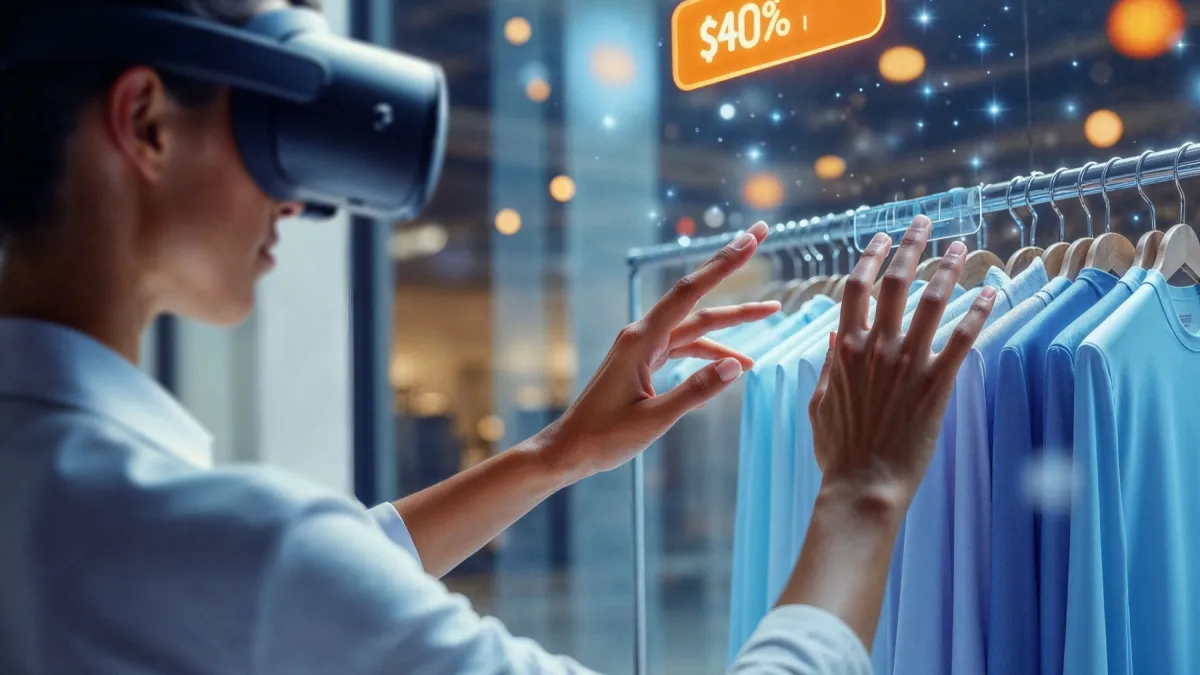
AI-Generated 3D at Scale
The manual process of creating 3D assets modeling, retopologizing, UV mapping, and texturing has long been a bottleneck, especially for brands with large product catalogs or frequent launches. But that's changing fast.
AI and machine learning are now being integrated into 3D pipelines to:
- Auto-generate 3D models from photos or CAD-like sketches
- Simplify complex meshes with optimized topology for web
- Apply textures and materials based on product features
- Suggest lighting and rendering styles for consistent brand visuals
AI-driven tools streamline production and cut costs, enabling mid-sized retailers to digitize large inventories rapidly. This leads to the democratization of 3D, making scalable immersive experiences accessible to all.
Interactive 3D Ads in Marketplaces
Advertising and product browsing are merging. Instead of sending shoppers from ads to static product pages, the future lies in interactive, shoppable 3D ads embedded directly within marketplaces, apps, and feeds.
Imagine:
- Google Shopping ad where users rotate and customize a sneaker in real time
- Facebook or Instagram carousel showing a configurable chair with live color changes
- Marketplace listing where the product configures as you scroll
These "live previews inside the ad" blur the lines between awareness and conversion, reducing friction and engaging customers earlier in the funnel. Expect rising adoption of formats like Google Swirl, WebAR display ads, and TikTok’s experimental 3D showcases especially in fashion, beauty, home décor, and electronics.
Personalized 3D Experiences
As shoppers interact with 3D content rotating models, zooming on textures, swapping finishes they generate a rich stream of behavioral data. This real-time interaction data can be harnessed to:
- Tailor product recommendations based on browsing behavior (e.g., shoppers who zoom into materials prefer texture-rich items)
- Personalize pricing or promotions based on interest and intent signals
- Segment users by style preference, configuration patterns, or AR engagement
- Refine inventory and merchandising using popularity heatmaps of model interactions
This brings 3D from being a visual tool to a dynamic personalization engine, giving brands a massive edge in experience-led selling.
Seamless AR Across All Channels
The next frontier is frictionless, consistent AR accessible everywhere with a tap.
Today, AR experiences can feel disjointed requiring third-party apps, specific devices, or inconsistent behavior across iOS and Android. But mobile OS and browser support is quickly maturing. Soon, shoppers will be able to:
- Tap a product image in an email and immediately view it in their space
- Launch AR directly from a product page or ad no downloads needed
- See AR previews embedded in QR codes, packaging, or retail signage
- Switch between devices mid-experience (e.g., browse on desktop, place in room via mobile)
This cross-platform, omnichannel AR will enable brands to bridge digital and physical retail seamlessly, enhancing everything from home try-ons to in-store assisted selling.
Related FAQs
What is 3D product visualization in eCommerce?
3D product visualization is the process of creating interactive 3D models of products that customers can rotate, zoom, customize, and preview in AR before buying.
How does 3D visualization benefit online retailers?
3D visualization boosts conversion rate, reduces returns, cuts content costs, strengthens brand trust, and offers better shopper engagement analytics.
Is 3D visualization suitable for all products?
Most benefits, but it delivers the greatest ROI for visually complex, customizable, size-sensitive, or high-ticket items.
What are the future trends in 3D eCommerce?
AI-powered modeling, shoppable 3D ads, personalization, and frictionless AR are shaping the future of the 3D ecommerce industry.
Are there privacy concerns with AR?
Maybe not, AR may require access to camera or spatial data. Retailers should disclose use, minimize data retention, and follow privacy best practices.
Conclusion
3D product visualization has moved beyond wonder; it's a strategic imperative for modern eCommerce. Whether you're aiming to increase conversion rate, reduce returns, enable customization, or streamline your content pipeline. Here, 3D offers a scalable, cost-effective, and customer-centric solution for ecommerce.
3D technology provides significant benefits for online retail, including interactive product pages, AR try-before-you-buy experiences, and real-time customizers. It also supports sustainability efforts. With AI automation and easy AR deployment, the future of online retail is three-dimensional.
3D is no longer just about better visuals. It's about better business. Ready to turn your catalog into a fully interactive, future-ready storefront? Let's build your 3D roadmap step by step, asset by asset, result by result.
